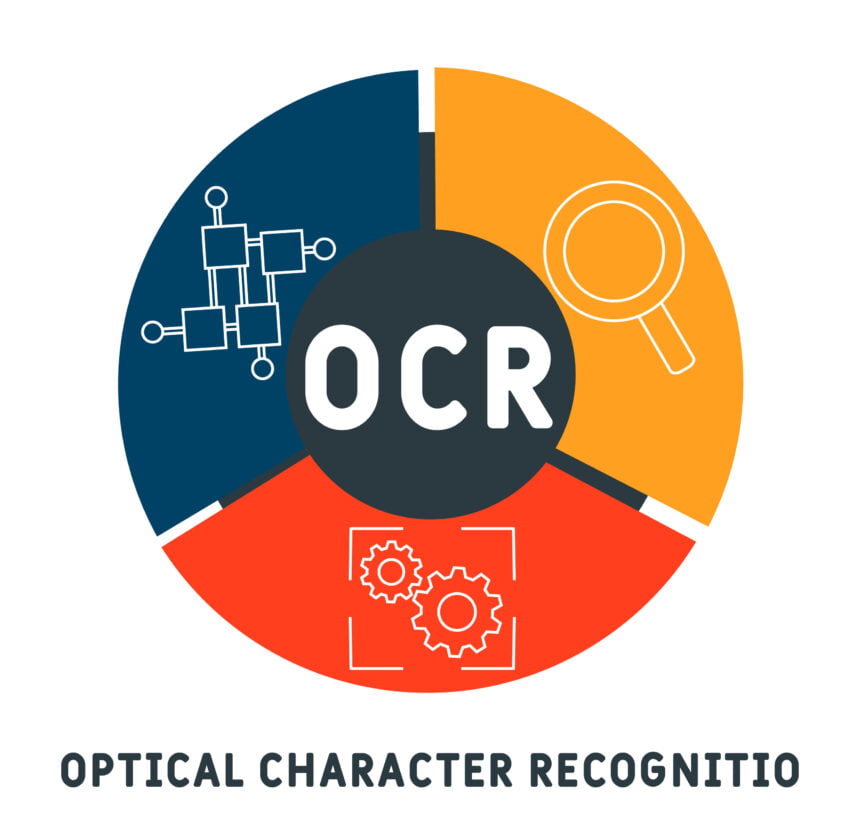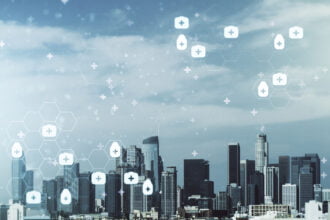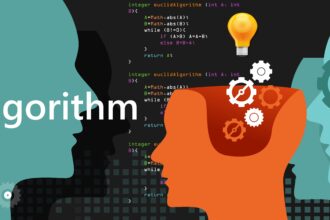OCR is the latest new technology that data-driven companies are leveraging to extract data more effectively. There are a number of benefits of using it to your company’s advantage.
OCR and Other Data Extraction Tools Have Promising ROIs for Brands
Big data is changing the state of modern business. A growing number of companies have leveraged big data to cut costs, improve customer engagement, have better compliance rates and earn solid brand reputations.
The benefits of big data cannot be overstated. One study by Think With Google shows that marketing leaders are 130% as likely to have a documented data strategy.
Data strategies are becoming more dependent on new technology that is arising. One of the newest ways data-driven companies are collecting data is through the use of OCR.
What is OCR and How do Data-Driven Companies Use it?
Optical Character Recognition, or OCR, is a technology for reading documents and extracting data. OCR software completely changes the way you can process your documents: automated and much more reliable.
Every company deals with a certain number of documents on a daily basis: invoices, receipts, logistics, or HR documents… You have to keep these documents, extract the useful information for your business, and then integrate them manually into your database.
It’s long, redundant, and particularly frustrating. One mistake and everything has to be checked again.
The processing time for each document varies depending on the nature of the document and the information to be extracted. Even so, it takes time and can quickly become an obstacle to the smooth running of your business.
Find out in this article how your company can benefit from the use of OCR. How does it work, and what are the clear benefits? This article reveals all!
Some things to understand about OCR technology
OCR is a well-known technology developed for text recognition in any medium: photographic, handwritten, or digitized. Optical character recognition is able to convert any text present on a medium into computer-readable textual data.
How does OCR work?
OCR technology follows a three-step process, which is detailed below:
- Scan the document containing the information you need. To do this, use a device that can support OCR technology. Usually, the camera of your smartphone allows you to scan directly into the OCR application. The latter will detect the document that is submitted to it. Cropped or not, it will remove the background to work only on the document.
- Once received by the application, the data are extracted from the document, but they are not yet structured at this stage. The software extracts all the information in plain text in a TXT format.
- In the last step, the extracted data is structured so that it can be used for further processing. Each data point is linked to its reference. You get the structured information in a machine-readable format, such as JSON. You can now save it in your database.
These three steps are performed by OCR in about 3 to 5 seconds observing an ever higher accuracy thanks to machine learning and artificial intelligence than manual extraction.
Using OCR: the benefits for your business
Automated data capture improves your document management and processing. Gain speed and accuracy with OCR technology. Here are just a few of the benefits your company can enjoy by integrating OCR software. Accuracy, efficiency, time savings… A non-exhaustive list that will help you better understand the change that OCR implies!
Improved accuracy and speed
Delegating the management and processing of your documents to an OCR solution is to be sure to process them faster and more accurately. Thanks to the work of machine learning and artificial intelligence, OCR is constantly evolving. The software learns from the documents submitted to it. Automatic data extraction drastically reduces manual input errors.
More efficiency
Because OCR works continuously, you can process a larger volume of documents. You can extract data from documents faster than with manual data entry.
Optimize your time
With OCR and the automation of your document processing, you will be able to process a much larger number of documents more quickly.
The OCR software analyzes your information and extracts it in a few seconds (2 to 5 seconds). Manually, this operation can take several tens of minutes.
OCR in application: driver’s license, identity card… Use cases and explanations.
Discover in pictures several use cases of OCR on different media, so you can see that this software adapts to all activities.
Driver’s license verification for insurance purposes
Let’s say your company is an insurance company. In order to insure their vehicle, motorists must provide their driver’s license in order to issue an insurance certificate. Can you see yourself extracting data from all your customers? Every day, repeating this long, tedious task? No? Good, see how OCR automatically extracts driver’s license information!
Start by submitting the driver’s license to be processed to the OCR software. Send a PDF, a photograph, or a scan via your smartphone to the OCR app.
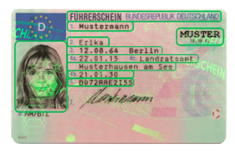
The OCR application extracts the information automatically in a few seconds. All data of the driving license is extracted but not yet structured. The result is in TXT format for the moment.
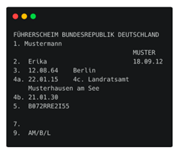
For the last step, the parser structures all the data that is extracted. At this stage, the result is provided in JSON format.
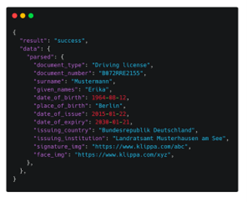
Extraction of credit cards data
For online registration of new customers, you may need to extract credit card data, and you as a bank may need to extract credit card information. Secure, fast, and reliable, here is how in just three steps the OCR software extracts the data you need.
To extract the information, start by submitting a document containing the credit card to be processed. By PDF, photograph, or by scanning the blue card via the app using your smartphone camera.
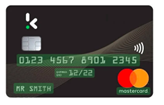
To continue your document analysis, the second step extracts all the data present on the blue card. However, at this stage, they are not structured.
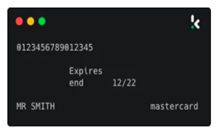
Upon receipt by the OCR application, the image is optimized and converted into a plain text file. At this stage, the text on the card is extracted but not yet structured.
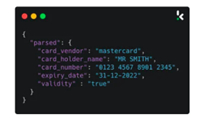
The third and final step structures all the extracted text and delivers it to you in JSON format.
OCR in your company, what if it was now?
Find your OCR solution provider and ask them for their OCR pricing.
No more wasted time, employee frustration, or manual input errors: OCR is the solution you need to better process and manage your documents. Using this technology within your company will allow you to enjoy the benefits we have listed above.


